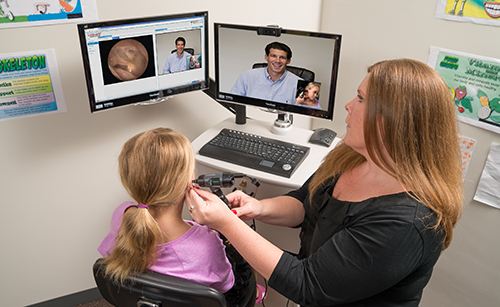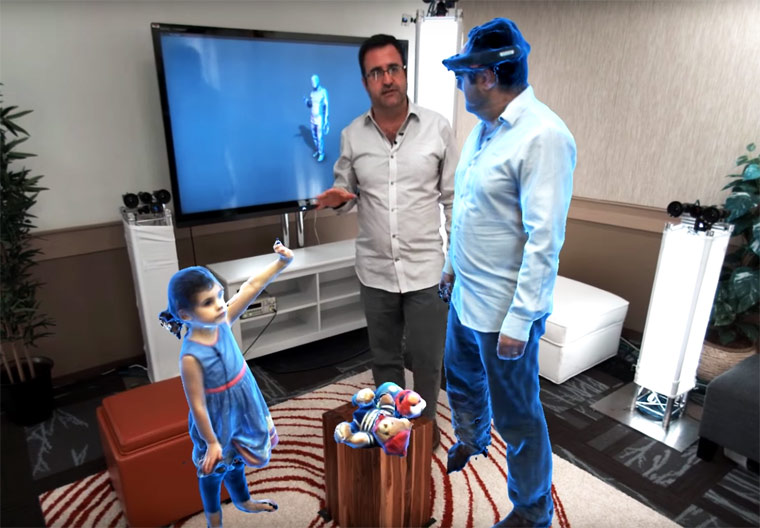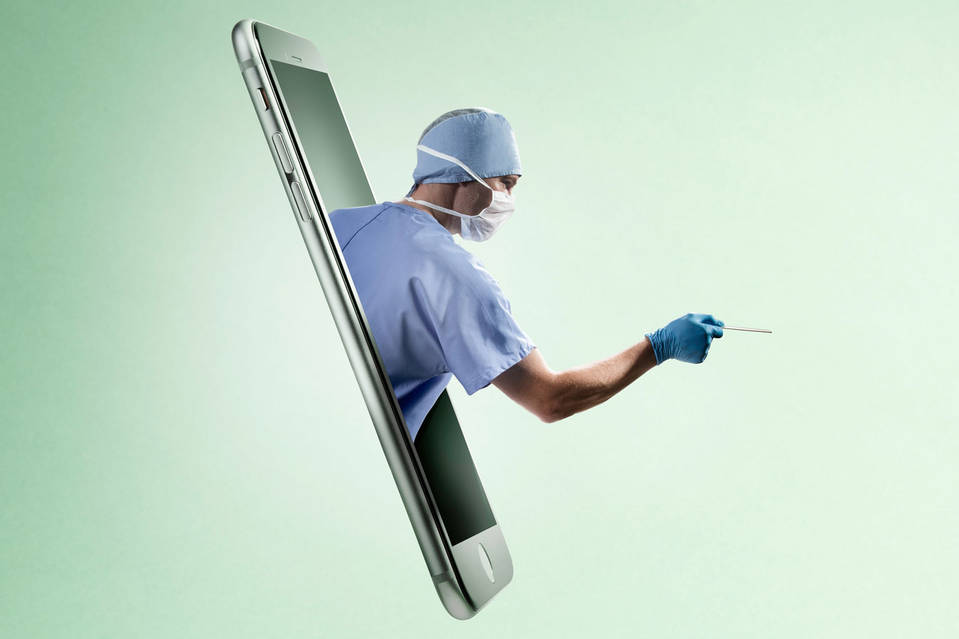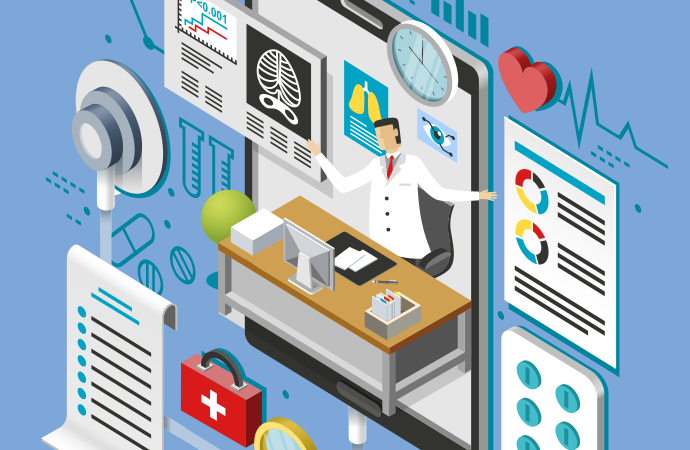Telemedicine is the use of telecommunication and information technology combined to provide patients access to healthcare opportunities from across a large distance. The benefit to this system is obvious: it allows patients to have access to medical services in areas where it might not otherwise be available. Rural communities, for example, in which hospitals might be a long distance from a given home, resulting in patients not seeing their doctors as often as they should. The system is based on the transmission of patient data (including imaging data, medical documents and information, etc.) to another place, where experienced personnel will be able to interpret the information and help to solve the problem at hand. So how, you might be asking yourself, does this relate to education? Well, in addition to being great for doctoring from a distance, telemedicine can also be used to bring medical education to students that might not have access to the proper learning facility in their area. It allows them to receive proper training without traveling a long distance every day. Basically, it’s a perfect marriage between teleducation and clinical practice.

There are three main areas in which telemedicine could be applied to medical education, improving the medical discipline as a whole. The first of these areas is teleassistance, which consists of epidemiologic televigilance, prevention of disease, and promotion of quality of life. The last bit is especially important, because while it does apply to med students, it can also be relayed to the general public–everyone could benefit from taking classes from a distance through holoportation on, for example, things like birth control, diabetes mellitus, healthier lifestyle choices, and during epidemics like AH1N1, and countless other applications. We have to remember that prevention is the most important thing in medicine, and the easiest way to treat a disease is to teach a patient to prevent it.

The second area where telemedicine could be applied is education technologies. This is a model that provides classes from a professor from a distance and, thanks to Augmented Reality technologies, can provide dynamic, interactive classes for a group of students. Take, for example, the concept of patient evaluation. Students could be using a wearable AR display while their teacher would provide comments on what they are seeing via the display, in real time pointing out what’s important for the patient (or simulated patient) the students are evaluating at the moment. The opposite setup could also be beneficial, with students seeing information portrayed by the professor through the Head Mounted Display (HMD). This concept is more or less like AR first surgery, but examined through a different lens, and repurposed! Every subject could stand to benefit from this technology, and we think that there are some really cool applications already in the works, which you can look at here and here (3rd idea).

Last but not least, multicentric investigations could be a potential use for telemedicine with augmented reality. Telemedicine, when used as a telescience network, allows the medical investigator or examiner to be present and vigilant in any part of the investigation to provide insight even if they’re not physically present, providing insight, instructions, and identifying problems and assessing solutions for them in real time. As you may already know if you’re a frequent ARinMED reader, we think that every solution provided by augmented reality is not limited by the reach of the technology, but only by the stretch of the imagination!

Telemedicine is just another way to provide solutions to those who might not have access to standard care facilities. Being able to access any database all around the world to consult and bring solutions and greater training to future physicians is amazing–and totally possible. AR goes beyond just a cool way to hold a videoconference. Think: in the next few years, physicians might be able to have objective data that would improve the clinical care setting, giving the patient the benefit of having the medical expertise of a physician right at their fingertips. It’s amazing news! We are going to review some of the potential of telemedicine in future articles, would you like to join us? We are always open to suggestions, so tell us what you think in the comment section!








